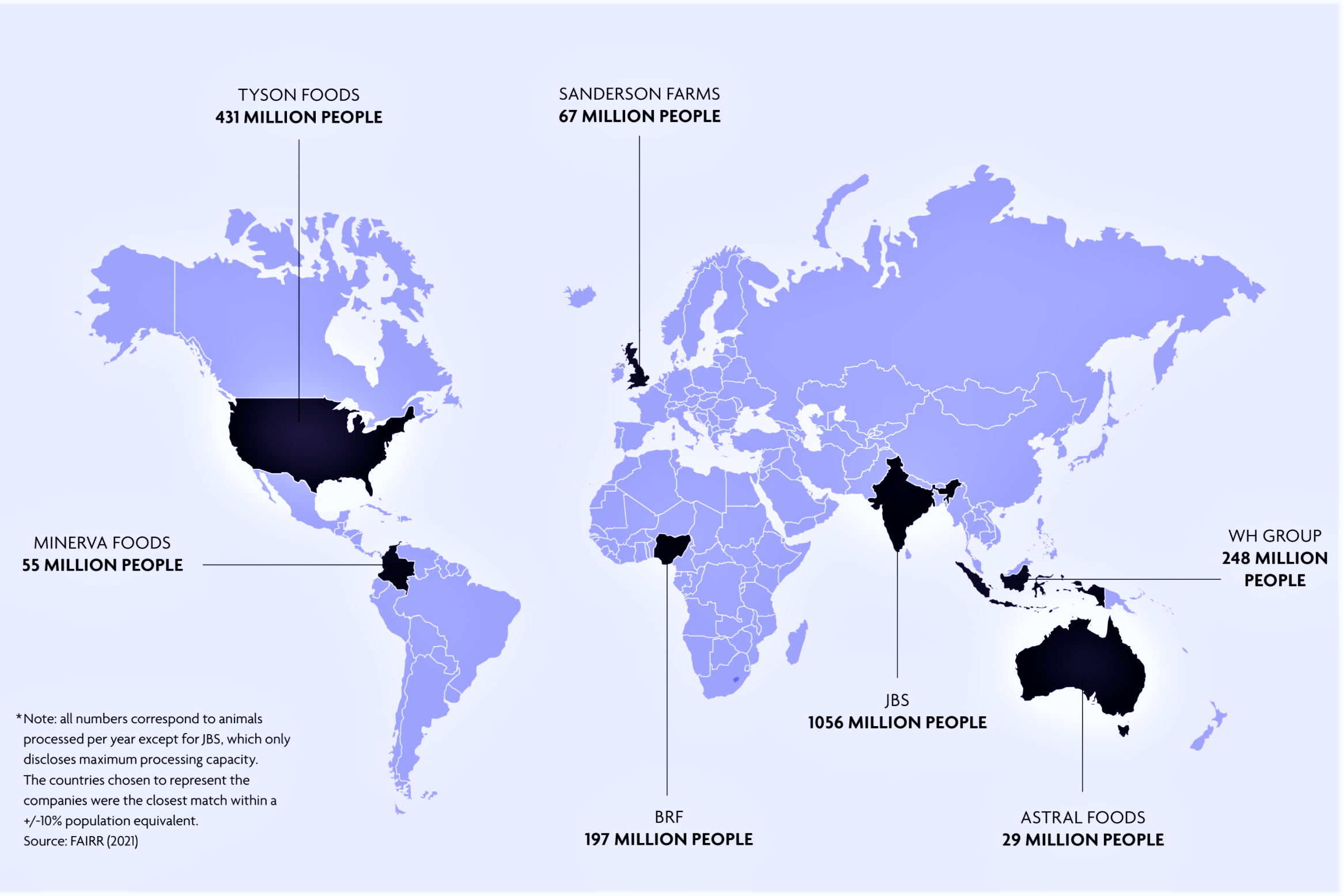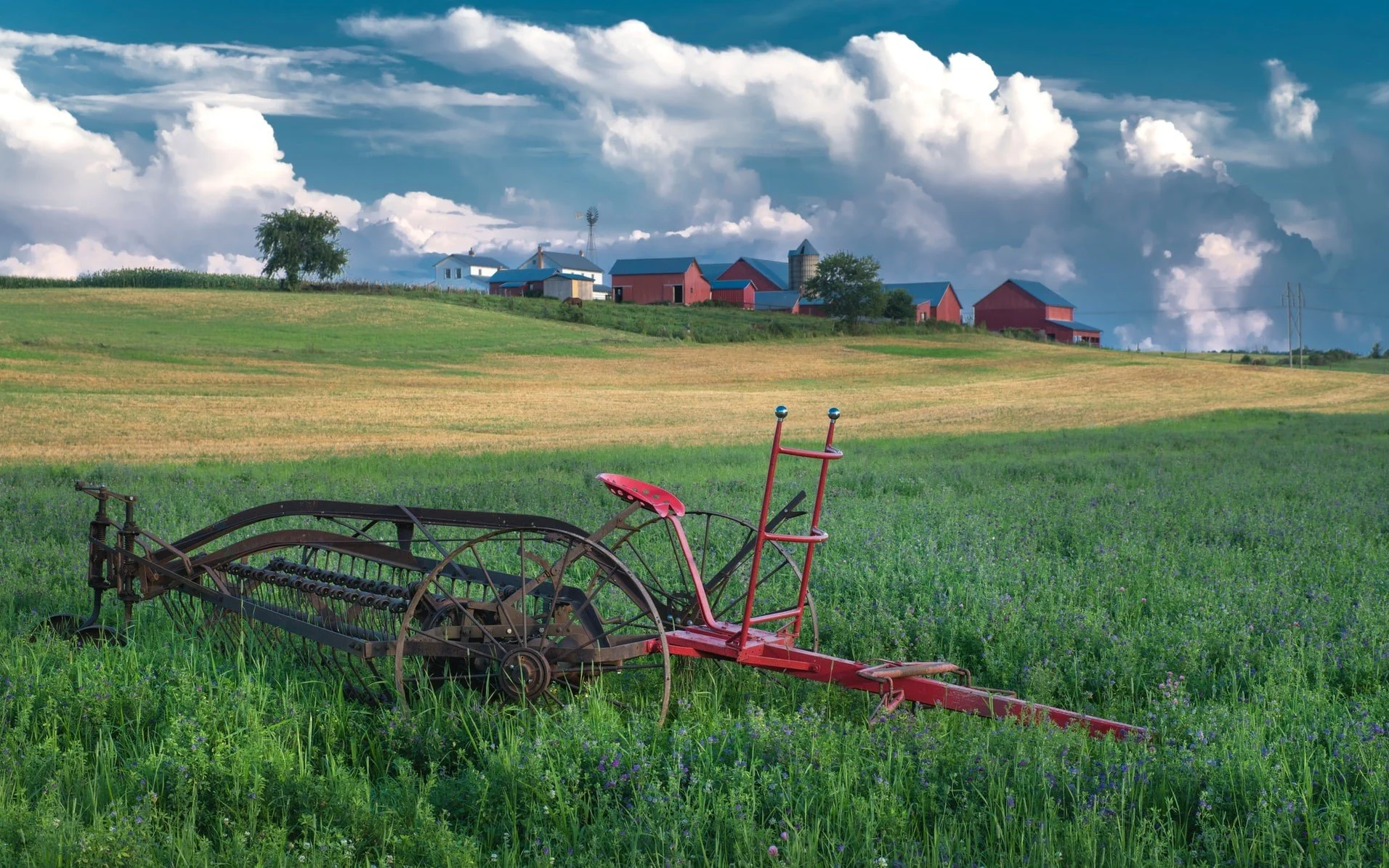Have you seen the latest Netflix documentary PooSpiracy? Well, no, because they haven’t made it yet.
But such a film would show we are knee-deep in a little known but huge problem created by the livestock industry. One that we don’t think about and, naturally, don’t want to think about. It’s the climate, health and environmental impact of animal manure from billions of farm animals.
“The scale and extent of the problem are severe, but remain underreported. How protein companies (mis)manage animal manure has significant implications for human health, climate change and biodiversity loss, and consequently for their continued licence to operate,” according to the 4th Coller FAIRR Protein Producer Index.
The recent report is produced by the authoritative risk/return experts at FAIRR, the $47 trillion investor coalition that measures the environmental, social and governance (ESG) risks of the 60 biggest producers of meat, seafood and dairy globally, including the impact of Big Ag’s manure problem.
Why Does It Matter?
“The numbers are staggering. The volume of waste produced by the 70 billion animals processed per year is equivalent to the waste produced by twice the entire global human population,” the FAIRR report says.
Don’t think we’re knee deep in it? Check out this map.
The largest meat companies produce manure equivalent to the populations of the above countries.
Also, animal waste is a significant source of methane (Ag is the #1 source of anthropogenic methane globally, mostly from livestock) and nitrous oxide, two of the most powerful GHGs. And beyond the sizable contribution to the climate crisis, it pollutes air, water and soil beyond the farm gate and carries with it impacts for human health.
“Failures from methane to manure management underline the growing sense in the market that cows are the new coal,” said Jeremy Coller, Founder & Chair, FAIRR Initiative.
How Did We Get Here?
Old MacDonald had a ……. well, you know. What our favourite farming nursery rhyme didn’t mention was that Old Mac had a manure management system (and not just because it didn’t rhyme). But the modern factory farming system will make us sing ……. EE-I-EE-I-O. M. G!
The traditional farm of 50 years ago included a mix of animals and cropland. There were moderate numbers of cows, pigs and chickens and the amount of manure they generated could be used to fertilize the land. The system was in balance.
But factory farms cram thousands of animals into buildings where they generate huge amounts of manure. One dairy cow produces up to 130 pounds of manure a day! And pig operations fill huge lagoons, some of which hold two million gallons of liquid manure (we won’t dwell on the equivalent number of Olympic-sized swimming pools). Lagoons can leak or be flooded by extreme weather and factory farms don’t have enough cropland to absorb the huge amount of animal waste.
What Can We Do?
The revelations in the FAIRR report show that it’s time to raise a stink.
Governments have strict regulations for human waste, but not for animal manure. FAIRR says the livestock industry faces growing scrutiny and regulation. And now governments ranging from the Netherlands, US, and India are bringing in new measures to control the problem.
Dressing up manure as a green source of biogas is not a solution either, as it perpetuates the status quo. However, one bright spot is the flexitarians who are following a plant-rich cuisine because alternative proteins have a significantly smaller climate footprint and no poo-print whatsoever!



